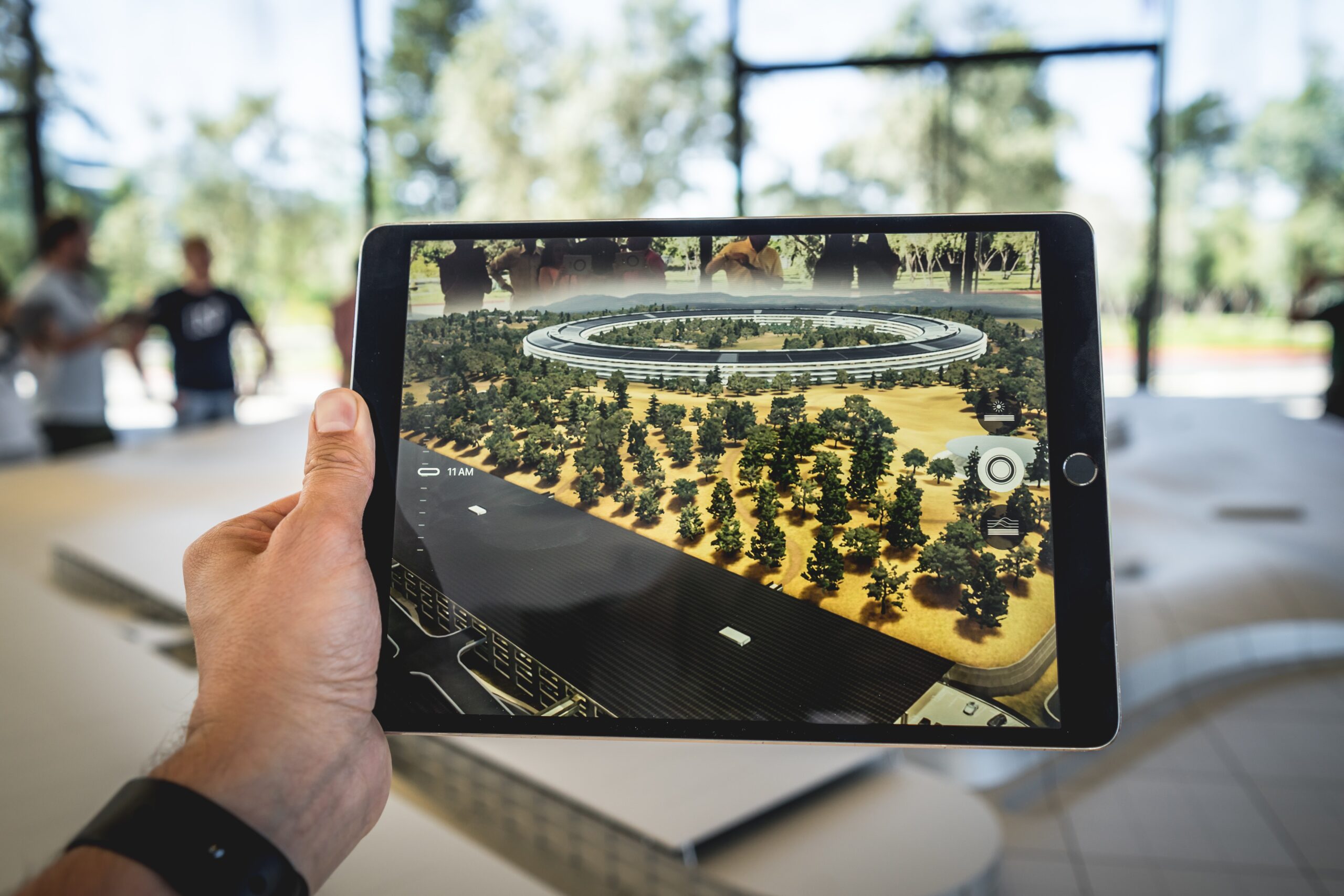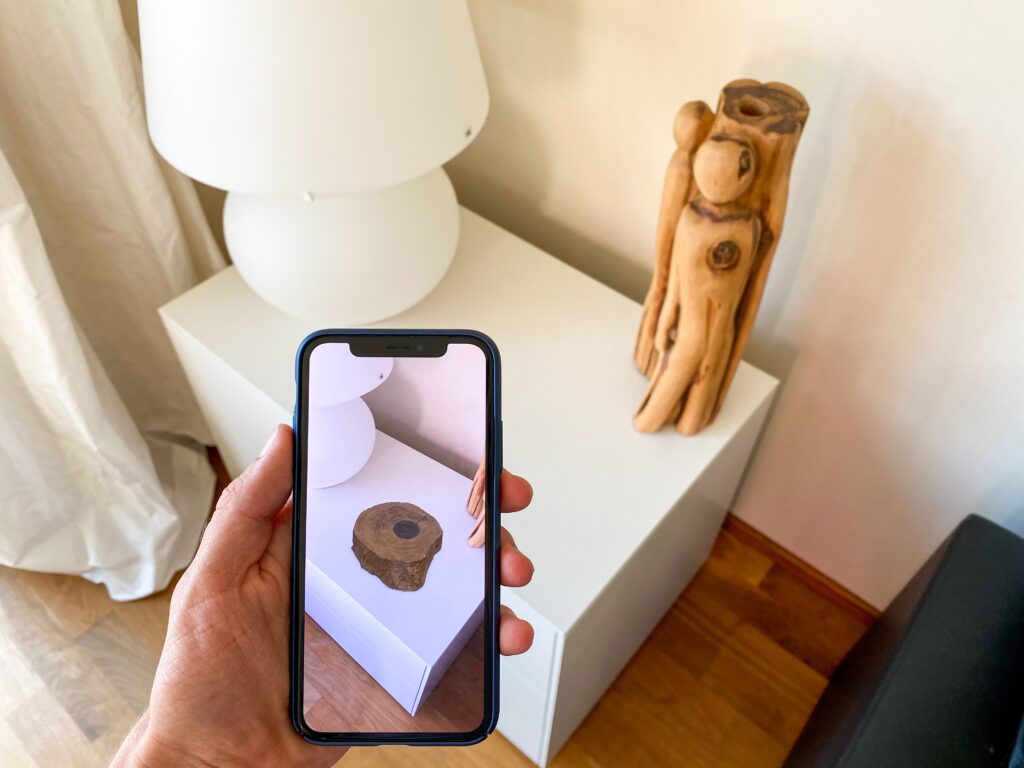
Have you ever looked at your phone or computer and wondered what’s next in the world of technology? Chances are, you’ve heard about Augmented Reality (AR) and its potential to revolutionise how we interact with our digital surroundings. But what does augmented reality actually mean and how can it be used? Let’s take a quick dive into the basics of AR – exploring both its capabilities as well as its current applications. By the end, you should have a better understanding why this emerging technology is creating such buzz among tech experts!
Augmented Reality (AR) is technology that utilises human interface devices such as cell phones, computers, tablets, and other screens to overlay virtual objects over the real world in a three-dimensional space. It combines real-world elements with digital content, allowing users to interact with their environment in entirely new ways. AR seamlessly blends together the physical and digital spaces by utilising sensors, image analysis and recognition software, connected networks with artificial intelligence, and human interface devices.
These components allow us to experience both reality and the digitally augmented objects simultaneously. As AR technology continues to develop, its wide variety of applications become increasingly relevant in multiple industries.

Augmented reality (AR) has the potential to revolutionise how we interact with human interface devices, giving us unprecedented access to information and data that could make our everyday lives easier. AR technology can be used in a variety of fields, including retail, education, entertainment, and tourism. In the area of retail, customers can now virtually try on clothing before making a purchase and be guided through a store through navigation applications.
Education is another sector where AR plays an important role since it can provide students with a more interactive learning experience. Entertainment is also enhanced with AR and its ability to increase engagement by providing 3D models or virtual objects that help bring stories to life. Tourists who have limited time but wish to explore their destination can rely on AR technology for immersive experiences that enable them to learn about their surroundings quickly and efficiently from the comfort of their own home. There’s no denying that AR offers many advantages over traditional human interaction devices, making it an invaluable tool for everyday life.
Implementing augmented reality into products comes with its share of challenges. Companies must be cognizant of their human interface devices, like smartphones and tablets, as the user must have something to project their AR experiences onto. Not only that, but developers must also create interactive user experiences that attempt to bridge the space between digital overlays and physical world engagement — this uncharted territory does not come without risks.
There is great potential for success in developing usable and powerful AR experiences, but it requires careful planning and forethought. When companies plan to enter the AR market, they should fully analyse human/machine behaviours and worldwide trends to keep up on tech developments to ensure they create an engaging product capable of taking advantage of all that AR has to offer.
The AR (augmented reality) market is in a period of enormous growth, with many businesses rushing to capitalise on its increasing popularity. The rise of AR has allowed for higher levels of customer engagement, which has drastically changed the way companies operate and go to market. Businesses can now offer interactive experiences that were previously impossible in a virtual environment and are able to use data from those interactions to shape their strategies.
Companies are incorporating AR into all aspects of their operations, from marketing and product design to customer service and training programs, as well as using it for tactical applications such as inventory management and visual reconnaissance. As technology becomes increasingly accessible and commonplace, we are beginning to see a shift in how enterprise strategies are created and executed.

Augmented Reality (AR) is a technology with endless potential, and many companies have started to leverage this powerful tool. From beauty tutorials on Sephora that allow customers to virtually try on makeup, to virtual product tours from a company’s social media page, AR is being used in a number of creative and innovative ways. For example, IKEA’s Place app lets shoppers see how furniture and home accessories would look in their own spaces before making a purchase. PepsiCo leveraged AR for an immersive 360° ad that was triggered by scanning the labels of some of their products. These are just two examples of how companies are embracing the latest technology to make shopping experiences even more exciting and enjoyable for their customers.
Augmented reality (AR) is quickly making its presence known, with more and more people using the technology to enhance their lives. While embracing the potential of this innovative technology, it’s important that we don’t forget the ethical and privacy questions associated with it. Questions arise such as: Will our data be properly secured? Could something bad happen if we become too reliant on this technology? Is my data safe in digital avenues I can no longer see or control? AR technology can enhance user experiences but privacy concerns could increasingly erode trust and limit AR’s capabilities for those who may experience negative outcomes. It falls on developers and stakeholders to ensure proper controls are in place so users have peace of mind that their security is not compromised.
AR has changed what’s possible in the business world, and there’s little doubt that it will redefine user experiences on a global level. With companies like Microsoft and Apple investing heavily in this technology, we can assume that there’s more to come. There are still numerous challenges to overcome though—especially as ethical and privacy concerns increase. And while it’s important to remember that abuses of the technology might occur, exploration into this realm of human-computer interaction will solve some age-old problems and create better user experiences.
AR has the potential to benefit consumers everywhere, provided that they have the opportunity to experience a quality product backed by the right consumer protections. In short, these advancements have enabled us to explore a real-world environment, creating value with quality products designed for all types of users—privacy included.
Let us know your thoughts on augmented reality.